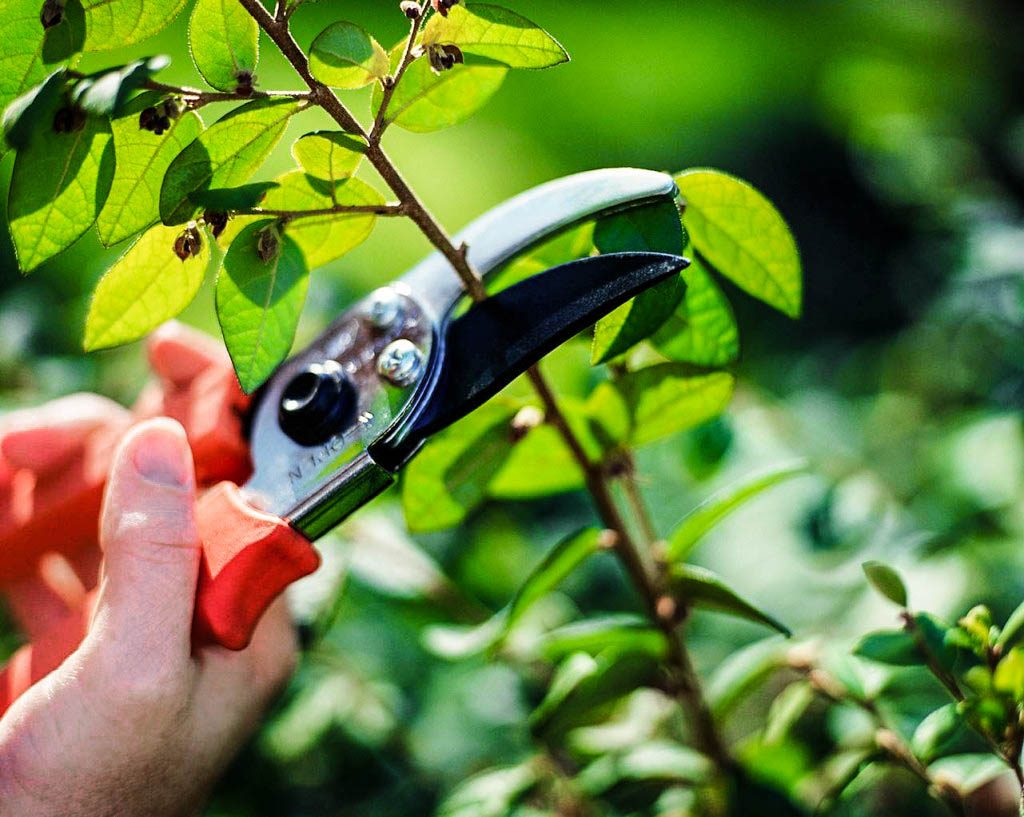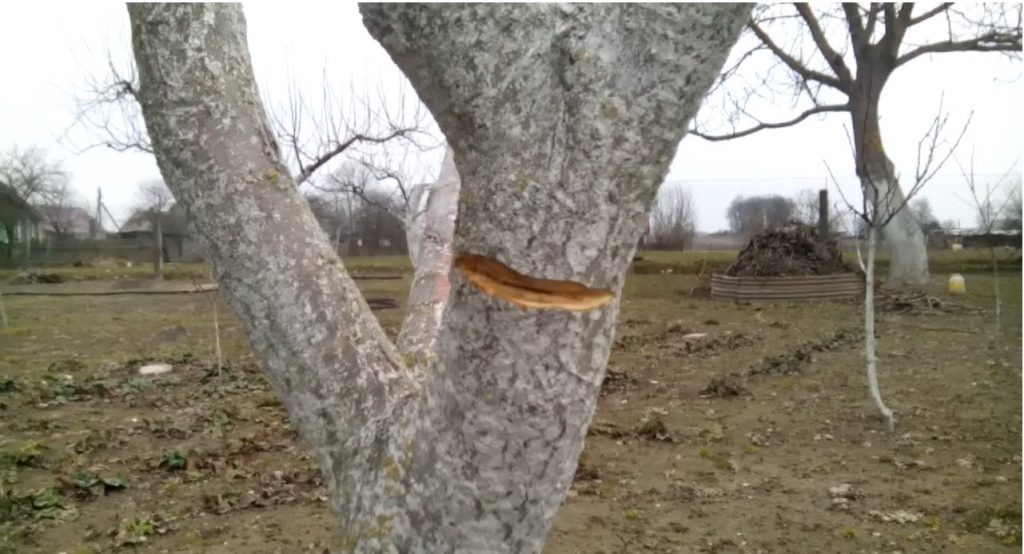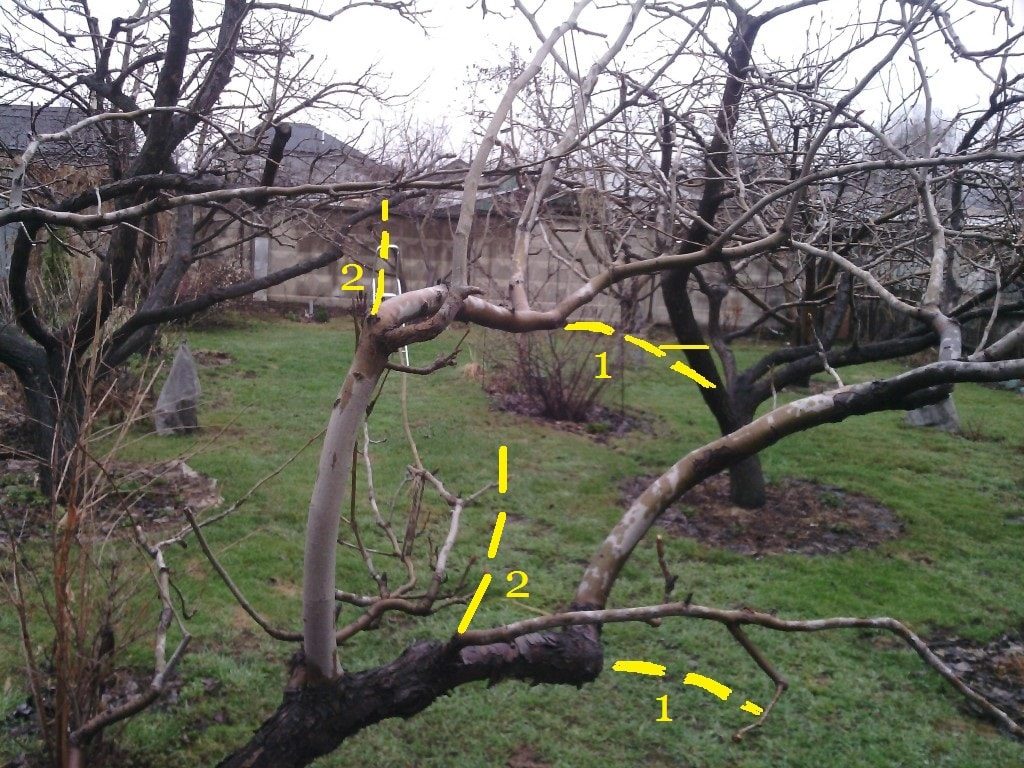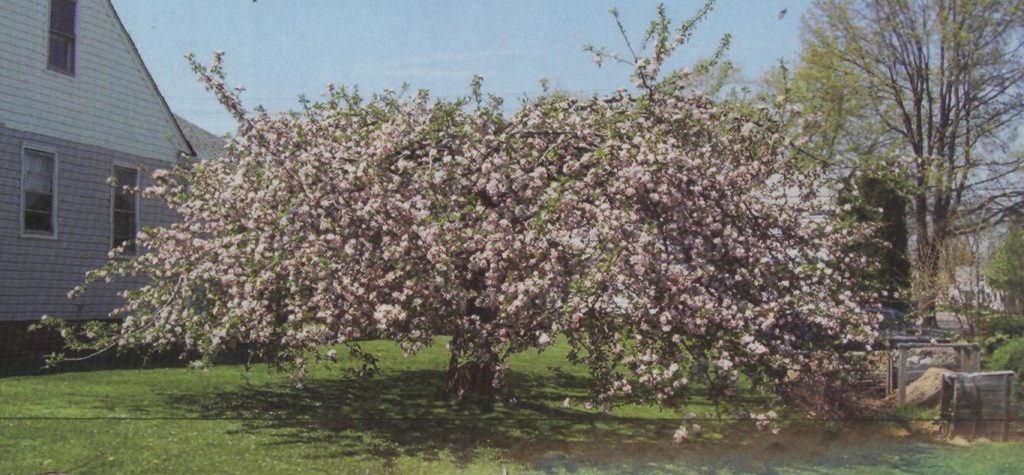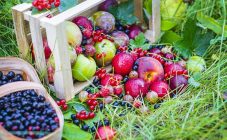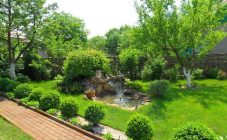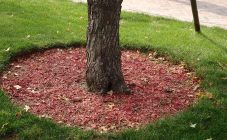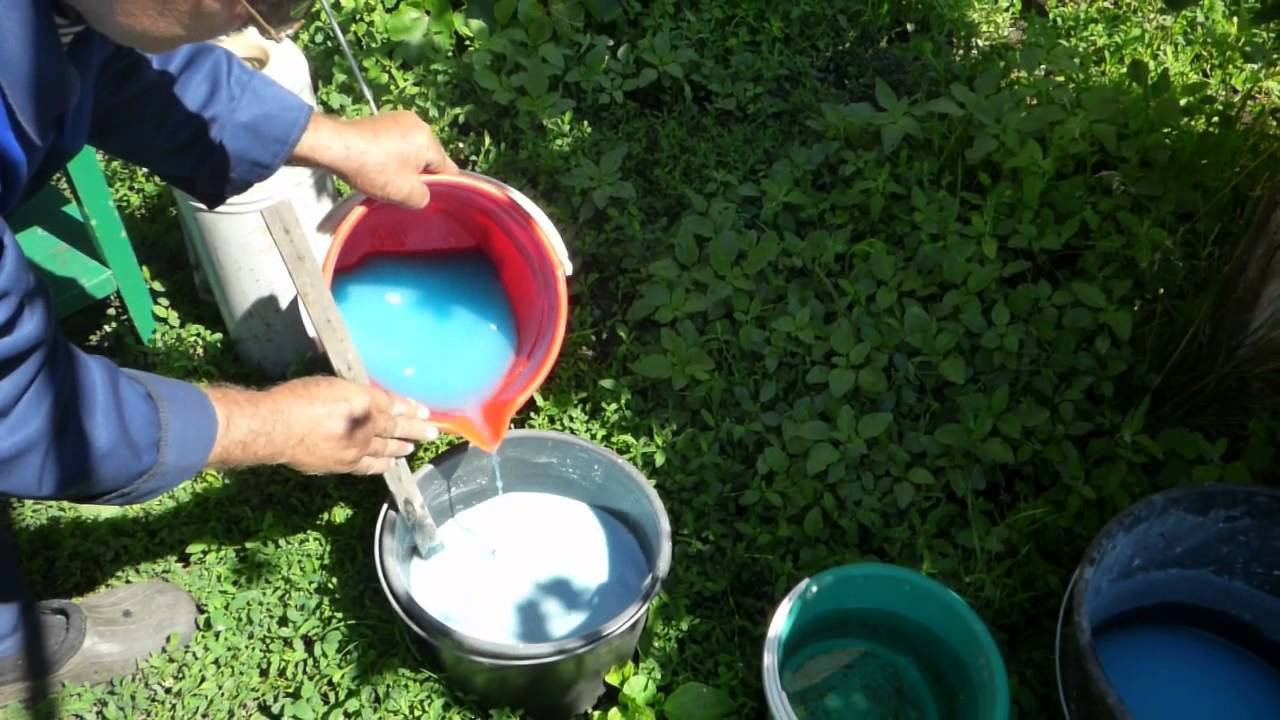Content:
If you plan to get large yields, pruning of fruit trees is required on a regular basis. Without this procedure, the fruits are gradually crushed and lose their taste, and the tree will begin to ache due to a lack of light and air supply to the crown.
In very young trees, with the help of pruning, they form a crown, otherwise, growing incorrectly, it will reduce the yield of the tree. When it enters the fruiting period, the branches are pruned even more actively.
Basic rules for pruning
Pruning is done annually. It is better to remove a few branches once a year than to severely injure the tree every 2-3 years. First, old branches are removed in an amount approximately equal to the increase over the past year. In this case, 2⁄3 of the branches should remain in place.
It is important to carry out the procedure technically correctly - cut obliquely over the bud, which is located on the outside of the branch. If cut at an angle, the cut will dry faster, and the location above the outer bud will prevent the crown from thickening. Old shoots and less productive branches are removed.
When pruning, stick to the horizontal direction. The branches looking up or down should be removed. Vertically directed shoots provide a strong increase, but their yield is lower, directed to the ground - not productive, the fruits receive less sunlight.
Depending on the purpose, pruning can be divided into three types:
- formative - creating and maintaining the shape of the tree crown;
- anti-aging - removal of old branches;
- sanitary - cleaning of dry and diseased branches, its purpose - to remove "garbage".
Pruning in spring
In the spring, pruning is inevitable, because the effects of the winter cold will become visible. This can be a splitting of the trunk, and breakage of branches under the weight of snow. If there are no negative consequences of wintering, pruning will be minimal. And if you initially choose the correct way to form the crown, it can be completely avoided.
First, shoots are removed, which are located at an acute angle to the trunk, directed to the center of the tree, not fruiting (tops). Spring pruning has its own rules:
- begins as soon as severe frosts stop - February-March, so that the damage does not freeze and heal faster when the tree becomes active in spring;
- the cuts must be smooth;
- if necessary, the injured area is coated with garden varnish;
- the cut goes from the inside out;
- the branches that make up the extension of the trunk should protrude more along the length.
There are deadlines for pruning fruit trees in the spring in the Moscow region. A fruit tree or shrub is subjected to this procedure until the juice begins to actively move - from February to April. However, the most favorable period is considered to be from late March to mid-April. The snow is already melting, the earth is drying up, and the weather is quite warm.
The timing of pruning depends on the type of fruit plant, and on the weather conditions of the current year.
The timing can vary up to two weeks depending on the time the heat builds up.As for the shrubs, they are only cut after the spring snow has completely melted.
Kerbovka
Helps shape the crown of the tree. This method is to speed up or slow down the growth of the kidney. A small area of the bark is removed above the kidney, then its growth will accelerate, or under the kidney, then its growth will not be so active. The length of the strip ranges from 0.5 cm to 2 cm. The cut can be rectangular or crescent-shaped. The crescent moon is usually used on thicker stems.
There are trees on which kerbovka is not carried out, as gum flows from the wounds. This is typical for cherries or plums. The purpose of this method is to disrupt the structure of some vessels in order to regulate the supply of nutrients. If the shoot is inhibited in growth, it is accelerated in this way, or vice versa, it is suspended by making an incision under it. On a shoot that has stopped growing, fruiting increases.
If the crown is not formed correctly, it is difficult to correct such errors, so it makes sense to think carefully about how the tree should look after all the manipulations.
On very thin branches, a strip is not cut out, but simply an incision is made. It is necessary to monitor the depth of the incision - if you do not reach the cambium, the operation will not give an effect, because the cortex will simply heal in a few days.
Green operations
Includes such manipulations as pinching, pinching, pruning - everything that is done with a green crown. Accordingly, the right time is summer. Very good for young trees that are just forming. Stages:
- Grasshopping - a young shoot is removed when it reaches a length of about 10 cm.
- Pinching the ends of the shoots when they grow to 25-30 cm. This is done in the second half of May. The direction and the intensity of growth of each shoot are already clear, skeletal branches can be distinguished.
- Cut off the ends of the skeletal branches when they reach a length of 1 meter. Their ends are removed, leaving about 50 cm. For varieties that are highly branching, the procedure is carried out at the end of June. And in weakly branching plants earlier - in early June, while shoots up to 80 cm long are shortened to 60 cm.
- Pinching of branches at the ends, if the apical buds are not laid, but growth continues. This is necessary so that the wood ripens faster and the tree does not freeze when winter comes. This should be done from late August to mid-September, that is, there is about a month for the procedure.
The wounds that appear during green operations are healed in the same year and there will be no complications.
Spinning tops
Tops are called shoots formed on old skeletal branches from dormant buds. They grow strongly, gaining a height of up to two meters, while not bringing any benefit and robbing the tree of strength. From them the crown thickens, fruits never grow on them.
On young trees, tops may appear after damage. For example, when a large branch was cut or from wounds after frost. In old fruit trees, tops appear after pruning. Therefore, it is recommended to increase the intensity of pruning gradually, over 2-3 years. Abundant watering and application of large amounts of nitrogen fertilizers can also provoke the growth of tops.
It is necessary to remove tops if:
- They are located on the trunk itself, which is most often observed near the plum. Such shoots should be cut off immediately, in summer, the wounds will quickly heal.
- Spinning tops grow inside the foliage of a tree. When located close to the trunk, they must be removed by the ring, you can do this at any time of the year.
- If they are located further from the trunk, they must be removed in case of contact with other branches, or they grow inward and subsequently shade the crown.
If the top is green, which has not had time to be overgrown with wood, it is broken by hand. There are situations in which the tops are left - the plant needs new branches. In this case, the shoot is shortened by one third and it is given a horizontal position by fixing it on a branch or stick. It's good luck if the spinning top grows near the broken branch and can take its place.
Or there is another option - the top is cut so that the kidney is directed outward. The branch that grows will be directed horizontally and fruits can appear on it.
Woodless green tops can also be simply trimmed.
Crown formation
The crown of fruit trees is formed already in the second year of life. The process itself is delayed for several years. Basically, tiered and sparse tiered systems of crown formation are practiced. The second option is perfect for plums, cherries and cherry plums. Such a tree looks like a trunk and a dozen side branches growing in tiers with an interval of about 20 cm.
To form a crown, the following scheme is suitable: the central shoot (conductor) must be cut 80 cm away from the base. It is important to ensure that there are approximately 10 buds left on it. Shoots forming the first tier will go from them. The next year, branches damaged by frost must be removed. They choose four healthy and strong pieces, the rest are also removed. This is the second tier. The third is also being formed a year later.
Pruning in the fall
In the fall, pruning of fruit trees is essential to maintain health and to get a good harvest. Applies to trees of any age group.
It is important to remove diseased and dead branches, as well as non-fruiting ones. They are a source of pathogens and insects.
It is necessary to prune before the first frost. It is better to finish all work by the beginning of November. In addition to the sick and dry, strongly intertwined and active growths are also removed. According to the circumstances, the affected branches are cut either completely or only the affected parts.
